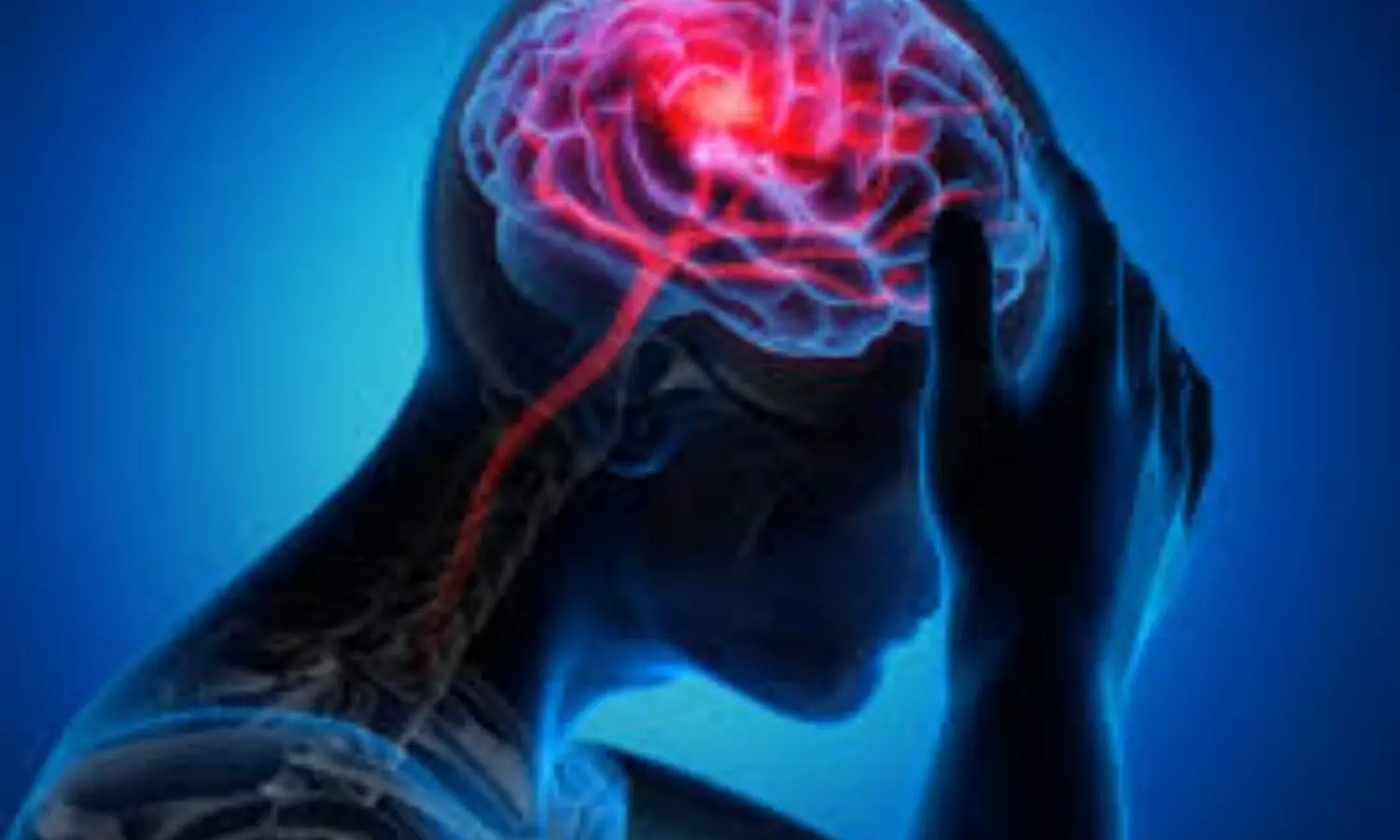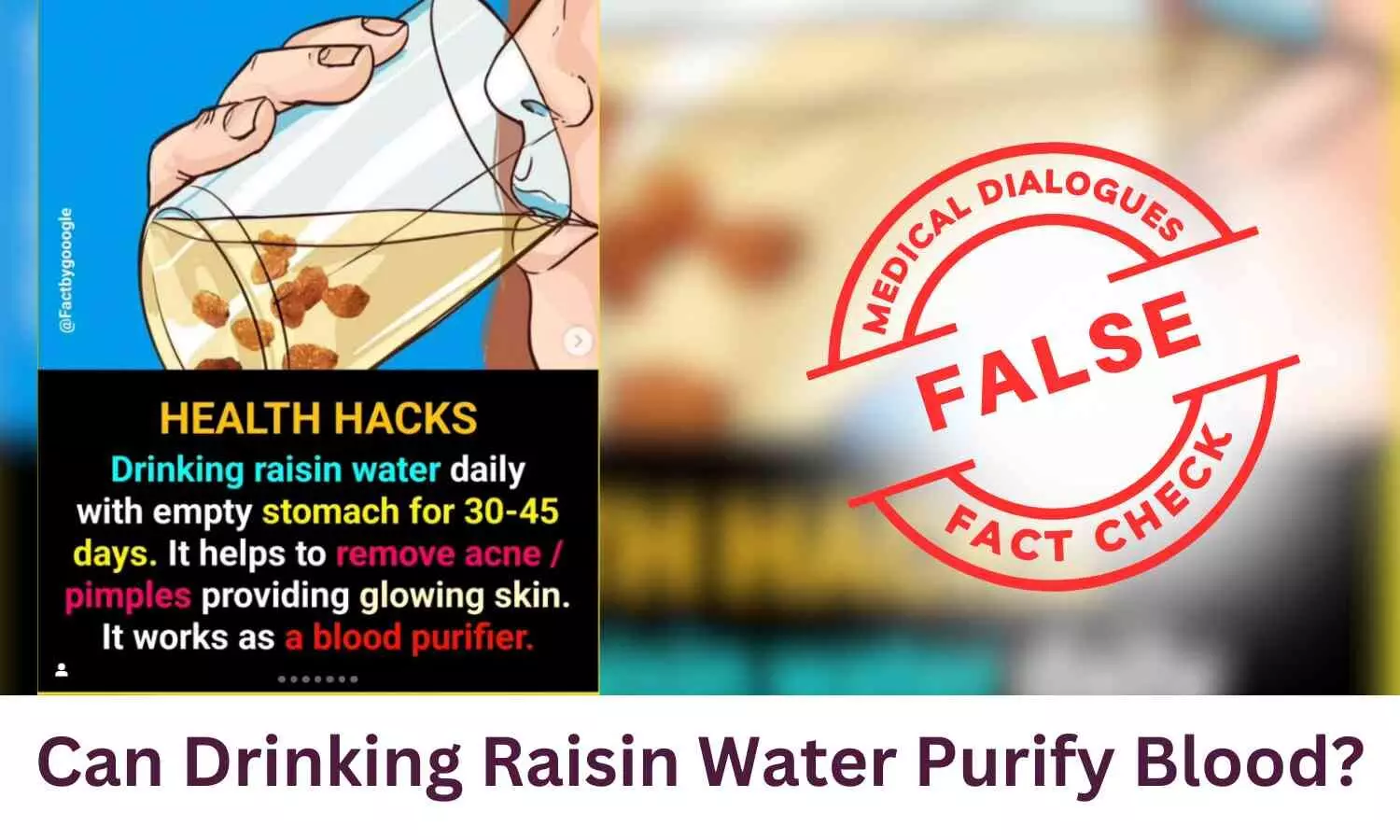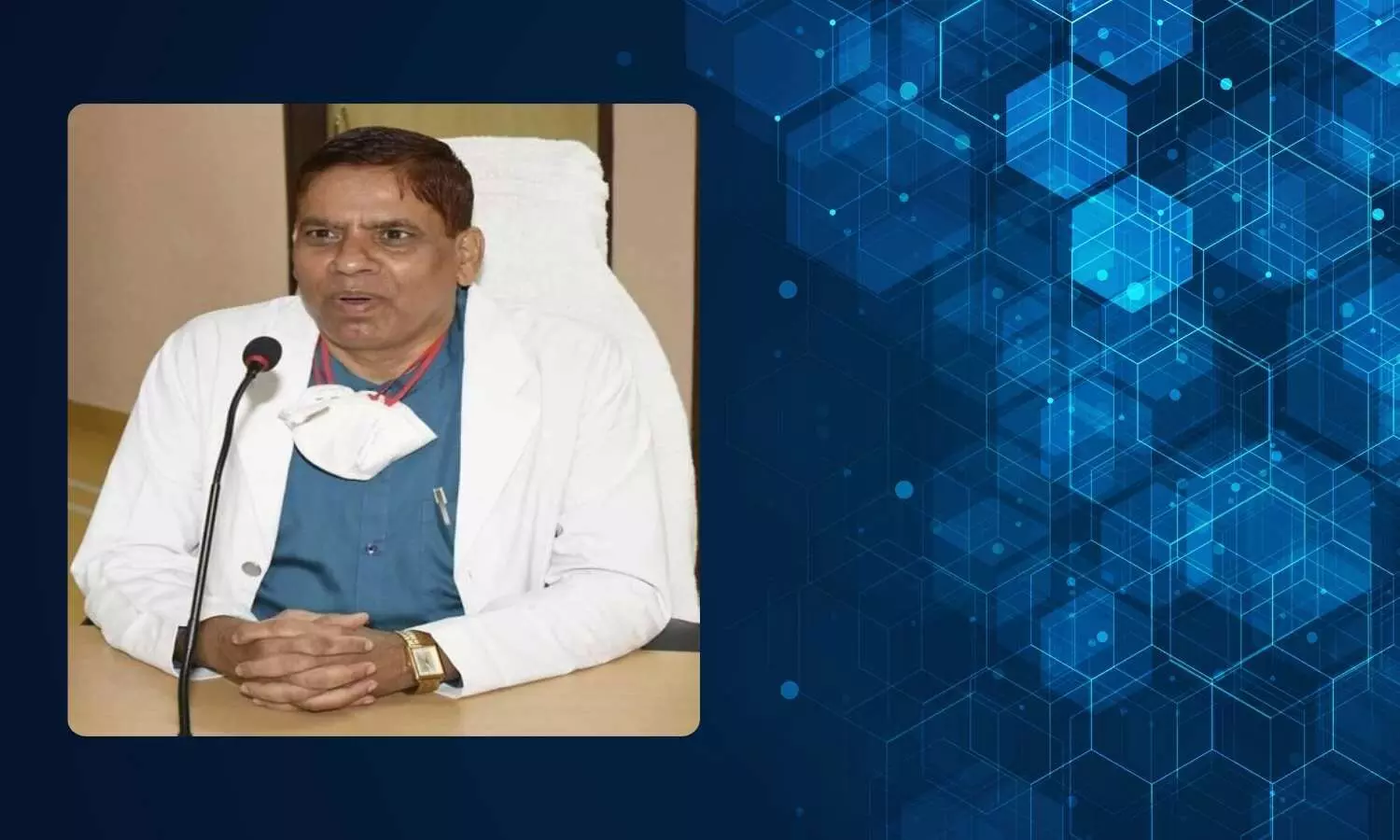Self-Harm in India: Study Links Suicide Attempts and NSSI to Mental Health Disorders

India: A recent secondary analysis examining cases of non-suicidal self-injury (NSSI) and suicide attempts has shed light on the patterns and clinical characteristics of individuals presenting with self-harm at a tertiary care hospital. The Indian study, published in the Cureus Journal, identified distinct differences between suicide attempts and NSSI.
The researchers reported that suicide attempts were most prevalent among individuals aged 31–40 years, with depressive disorder identified in 68.7% of cases. In contrast, non-suicidal self-injury (NSSI) was more common in the 18–30 age group and was frequently linked to substance use disorder (67.1%). They further noted that self-poisoning was the most commonly used method, possibly due to insufficient pesticide regulations.
The researchers note that self-harm encompasses both suicide attempts and non-suicidal self-injury (NSSI), each associated with psychiatric disorders and psychosocial stressors. While suicide attempts reflect an intent to end one’s life, NSSI often functions as a maladaptive coping strategy. In India, the stigma surrounding mental health and limited access to psychiatric care pose significant barriers to early intervention.
Against the above background, Kashyap Shah, Psychiatry, Mahatma Gandhi Memorial Medical College, Indore, IND, and colleagues examined the patterns of self-harm, underlying psychiatric comorbidities, and key risk factors among patients seeking care at a tertiary hospital, highlighting the need for targeted prevention strategies.
For this purpose, the researchers conducted a retrospective review of medical records from 165 patients who presented with suicide attempts or non-suicidal self-injury between January and June 2024. They analyzed data on demographics, psychiatric diagnoses, self-harm methods, and substance use using both descriptive and inferential statistical approaches.
Based on the study, the researchers reported the following findings:
- Among the 165 cases, 69 involved suicide attempts, while 96 were cases of non-suicidal self-injury (NSSI).
- Suicide attempts were more prevalent in individuals aged 31–40 years, whereas NSSI was more common in the 18–30 age group.
- Depressive disorder was the most frequent diagnosis among those who attempted suicide, affecting 55 individuals (68.7%).
- Substance use disorder was more commonly associated with NSSI, reported in 51 individuals (67.1%).
- Self-poisoning was the most frequently used method, possibly due to weak pesticide regulations in India.
- A significant association was observed between suicide intent and a history of past suicide attempts.
This study emphasizes the link between non-suicidal self-injury, suicide attempts, and shared risk factors. Early intervention is key to managing self-harm and preventing suicide. Immediate priorities include medical stabilization and a thorough suicide risk assessment.
The authors stressed that addressing psychosocial risks, administering appropriate pharmacotherapy for co-existing mental illnesses, and implementing structured post-discharge care are crucial in reducing self-harm and suicide risk.
They concluded that targeted interventions, including early screening and restricting access to harmful substances, could significantly improve mental health outcomes and alleviate the burden of self-harm.
Reference:
Shah K, Mathur R, Mishra S, et al. (March 17, 2025) Non-suicidal Self-Injury and Suicide Attempts: A Secondary Analysis Describing the Patterns and Clinical Characteristics of Patients Presenting With Self-Harm to a Tertiary Care Hospital. Cureus 17(3): e80715. DOI 10.7759/cureus.80715
Powered by WPeMatico






